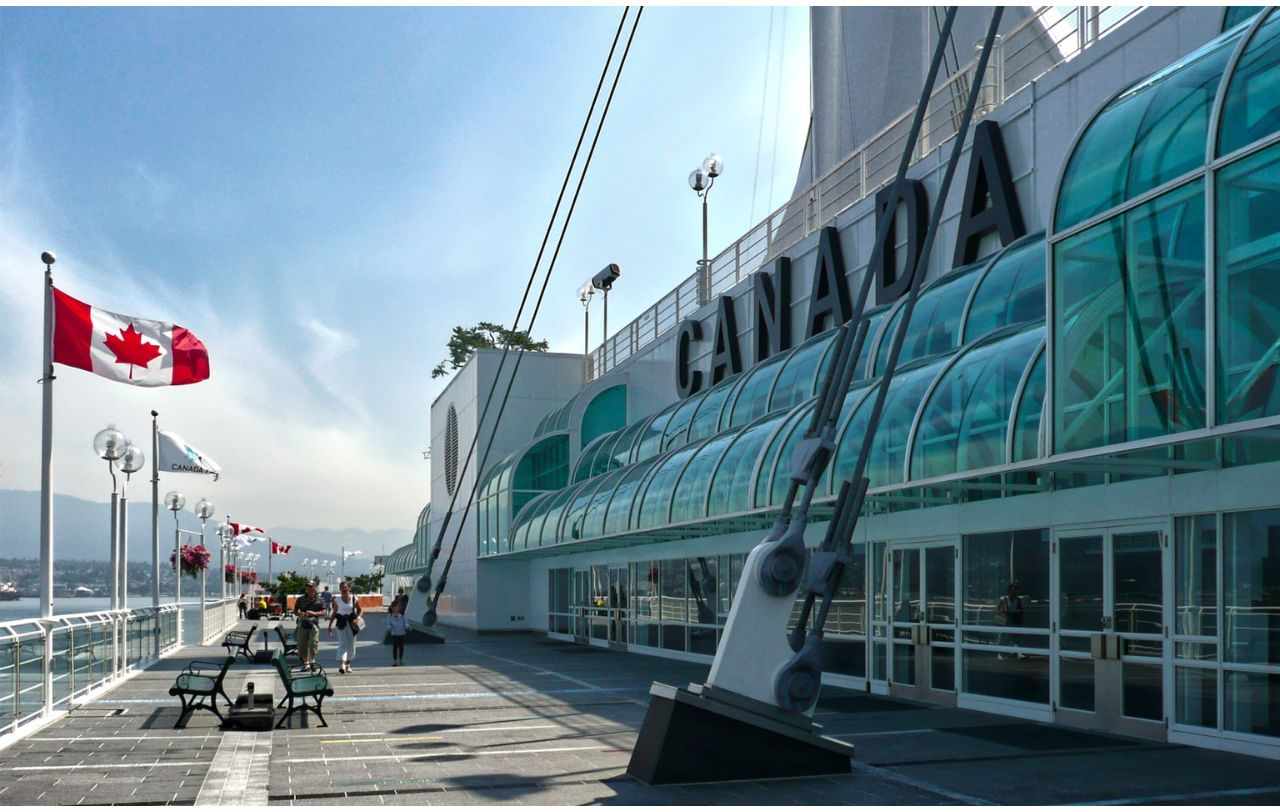Immigrate to Canada
Canada’s Historic Immigration Levels Plan 2024-2026 Targets 1.5 Million Newcomers

Canada is set to welcome nearly 1.5 million newcomers in the next three years, thanks to a visionary Immigration Levels Plan 2024-2026 unveiled by Immigration Minister Marc Miller. The plan, while maintaining stability in the face of economic growth and societal pressures, is set to redefine Canada’s immigration landscape. In this blog, we’ll uncover the major points and the new strategies that will reshape the country’s future.
Canada’s Unchanging Targets
Canada’s immigration levels will remain unchanged from its current targets, with 485,000 newcomers targeted for 2024 and an impressive 500,000 newcomers planned for both 2025 and 2026. This consistency underscores Canada’s commitment to fostering growth and diversity.
The government’s decision to keep immigration levels consistent up to 2026 aims to strike a balance between supporting economic growth and addressing housing, healthcare, and infrastructure challenges. The ultimate aim is to secure steady and lasting population growth while improving Canada’s job market.
Immigration Targets by Class – Diverse Growth
The Immigration Levels Plan comprises three primary classes: economic, family, and humanitarian. The economic class is projected to grow steadily, reaching 301,250 new immigrants by 2026, reflecting Canada’s strong focus on attracting skilled workers and talents from around the world.
A significant inclusion in this plan is the progressive increase in French-speaking permanent residents outside of Quebec. By 2026, Canada intends to receive 8% of French-speaking newcomers, highlighting its dedication to language diversity and inclusion.
Canada’s Federal Business Class, primarily consisting of Start-Up Visa newcomers, will also experience growth, targeting 6,000 new immigrants by 2026. This expansion encourages entrepreneurship and innovation within the country.
Canada remains committed to family reunification and humanitarian admissions. The Family Class will grow to 118,000 immigrants by 2026, comprising 24% of all admissions, while humanitarian admissions will target 80,832 immigrants by 2026, constituting 16% of admissions.
Express Entry and Provincial Nominee Program Surge
Express Entry and the Provincial Nominee Program (PNP) will see a considerable rise in their targets. The Express Entry program seeks to achieve 117,500 admissions of permanent residents in both 2025 and 2026, while the PNP is geared to welcome 120,000 immigrants during the same years.
A New Approach to Immigration
Canada’s commitment to immigration is not just limited to numbers; it is about improving the overall immigration system. A new strategy, titled “An Immigration System for Canada’s Future,” seeks to create a more welcoming experience for newcomers, align immigration with labor market needs, and develop a comprehensive growth plan that includes housing, healthcare, and infrastructure.
Historical Context
Canada’s immigration strategy has evolved significantly over the years. The country’s transition from fewer than 90,000 immigrants in 1984 to the current ambitious targets reflects the nation’s commitment to adapting to changing economic and demographic landscapes. The focus on economic class immigrants and innovative programs like Express Entry showcases Canada’s resilience and adaptability.
Canada’s Immigration Blueprint for a Bright Tomorrow
Canada’s Immigration Levels Plan 2024-2026 is not just a policy; it’s a blueprint for the future. With consistent targets and a fresh approach, Canada is poised to harness the potential of newcomers, addressing the labor market’s needs and enhancing the nation’s social fabric. As Canada continues to open its doors to immigrants, it also strives to create an environment where newcomers can thrive. This strategy shows the country’s preparedness to welcome change and tackle the upcoming hurdles. It’s more than just a plan; it’s a commitment to a brighter future.
























